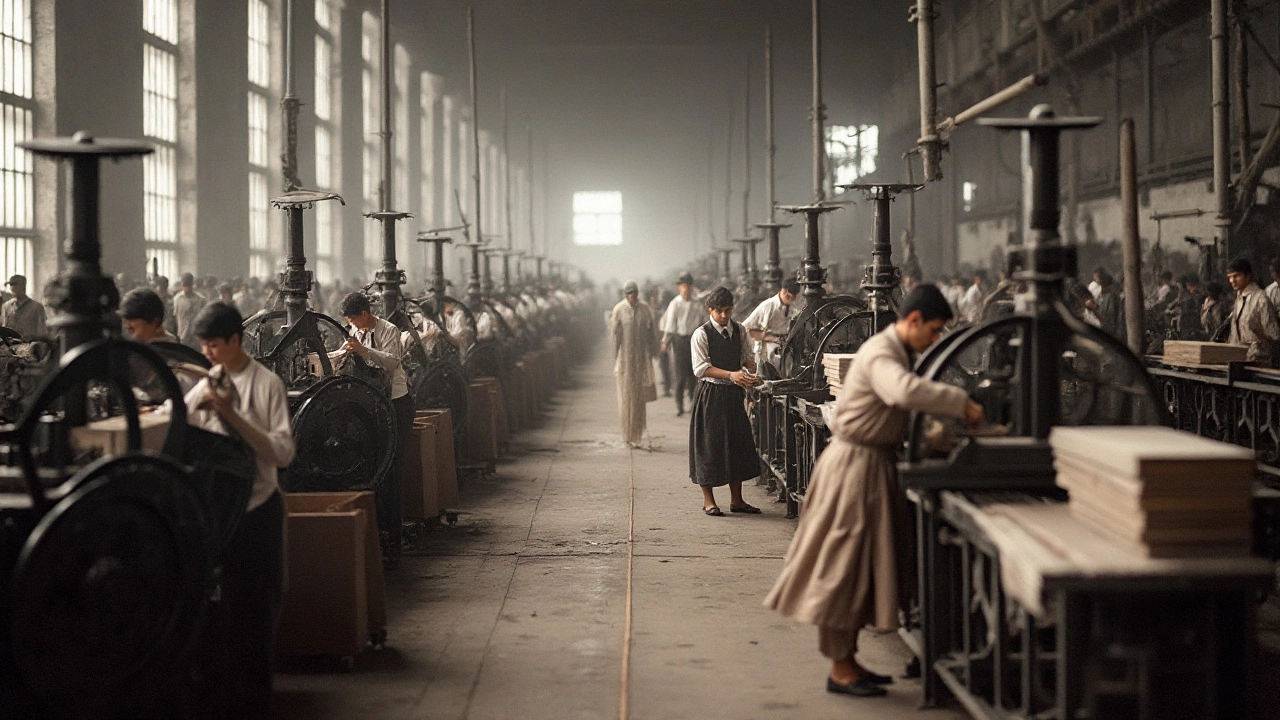Economic Advantage of Manufacturing in India
If you’re looking for a place where factories can cut costs and still keep quality high, India should be on your radar. The country offers a rare mix of cheap labor, massive production capacity, and a government that backs industry with tax breaks and easy‑to‑use policies. In plain terms, you get more output for less money, which directly boosts the bottom line.
Why India Beats Other Countries
First off, wages in India are among the lowest for skilled workers in the world. A line worker in Mumbai earns far less than a counterpart in Vietnam or Mexico, yet still produces at a comparable speed. That wage gap alone can shave 20‑30% off a product’s total cost.
Second, the talent pool is huge. Engineering graduates pour out of Indian universities every year, and many specialize in fields like automation, electronics, and chemical processing. Companies such as Blue D Air Control tap this talent to run high‑tech air‑control systems without having to import experts.
Third, the supply chain is already there. You’ll find clusters of textile mills in Gujarat, auto parts in Chennai, and pharma labs in Hyderabad all within a short drive of each other. This proximity cuts freight costs and shortens lead times, something the posts on pharma manufacturing and textile factory costs repeatedly highlight.
How Companies Gain the Edge
To turn the economic advantage into real profit, firms need to play the rules right. Taking advantage of the Make‑in‑India incentives—like lower customs duty on imported machinery—lets you set up a plant faster and cheaper. Pair that with lean practices, such as the “7 wastes of manufacturing” method, and you’ll see waste disappear from the floor.
Another practical tip is to source locally wherever possible. The post about the best wholesale fabric countries shows how buying fabric from nearby producers can cut shipping fees by half. The same logic applies to electronics components, where Chinese suppliers dominate but Indian assembly lines can add value at a fraction of the cost.
Finally, keep an eye on regulatory trends. When India moved from BS4 to BS6 emission standards, companies that upgraded early saved on retrofitting later. Staying ahead of policy changes turns a potential cost into a competitive advantage.
Bottom line: India’s low labor costs, abundant skilled workforce, and ready‑made supply clusters create a powerful economic advantage for manufacturers. By leveraging government incentives, cutting waste, and buying local, businesses can turn that advantage into higher margins and faster growth.

The Economic Impact of the Factory System on Manufacturing
The factory system revolutionized manufacturing by introducing mass production and improving efficiency, leading to significant economic advantages. This article explores how the system's centralization of production processes reduced costs and increased output, transforming industries during the Industrial Revolution. Key aspects include the establishment of organized labor, technological advancements, and streamlined operations that paved the way for modern industrial practices. The narrative also showcases remarkable historical shifts and their implications for contemporary manufacturing.
